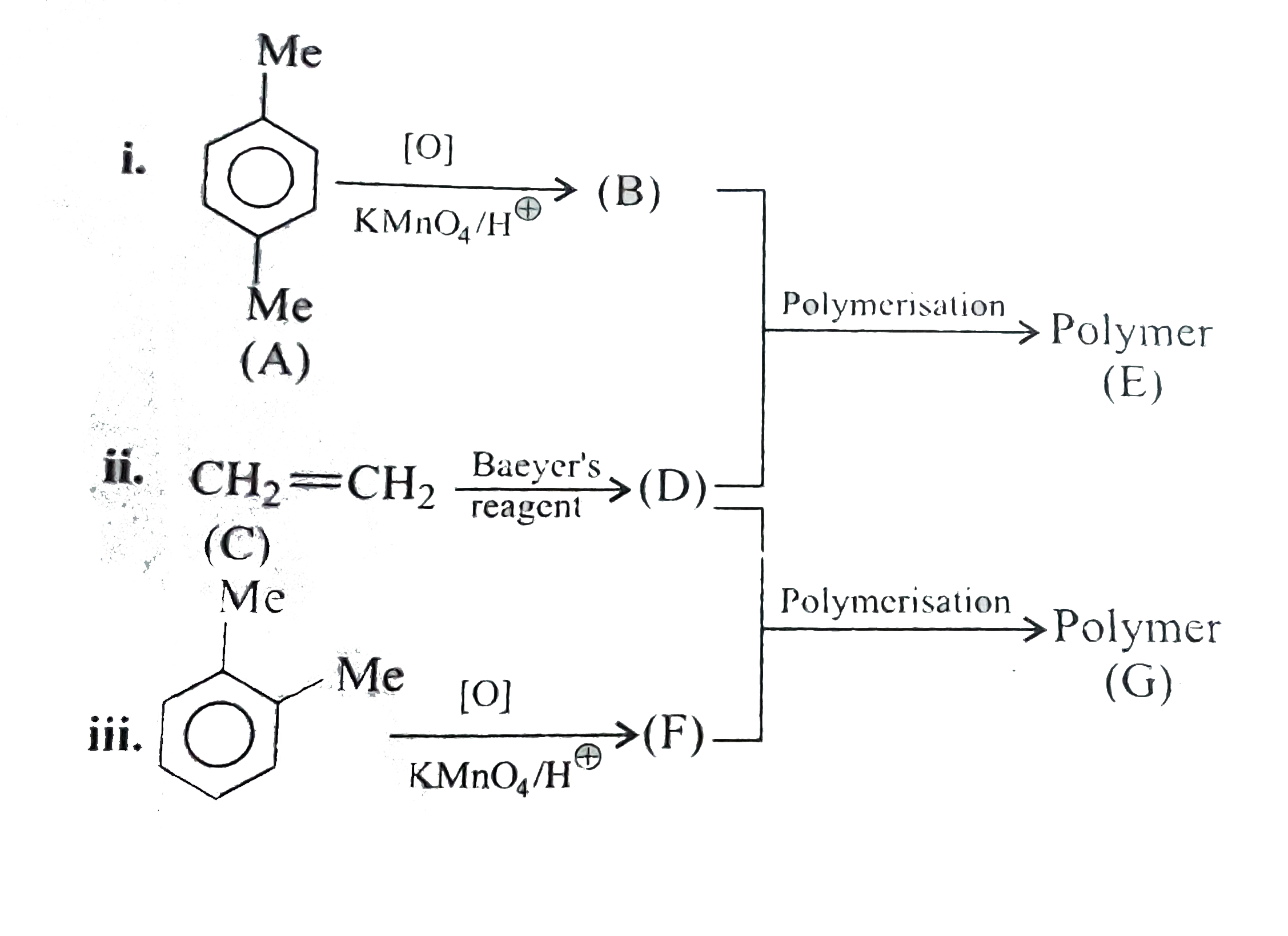Which of the following groups contain typically coenocytic forms ?
Lichens
Phycomycetes
Liverworts
Chlorophyceae.
The correct Answer is:B
To solve the question "Which of the following groups contain typically coenocytic forms?", we will follow these steps:
1. Understand the term "coenocytic":
- Coenocytic (or syncytial) refers to a type of fungal structure that is multinucleated and lacks septa (cross-walls) between cells. This means that the cytoplasm is continuous and contains multiple nuclei.
2. Evaluate the options provided:
- The question likely provides several groups to choose from. We need to analyze each group to see if they typically exhibit coenocytic forms.
3. Analyze the first option - Lichens:
- Lichens are a symbiotic relationship between fungi and algae. They are not coenocytic because they consist of distinct fungal and algal cells. Therefore, this option is incorrect.
4. Analyze the second option - Zygomycetes:
- Zygomycetes are a group of fungi that typically have coenocytic hyphae. They do not have septa in their hyphae, making this option correct.
5. Analyze the third option - Liverworts:
- Liverworts are non-vascular plants (bryophytes) and do not have coenocytic structures. They are made up of distinct cells, so this option is incorrect.
6. Analyze the fourth option - Chlorophyceae:
- Chlorophyceae refers to green algae, which also do not exhibit coenocytic forms. They consist of individual cells, making this option incorrect.
7. Conclusion:
- Based on the analysis, the only group that contains typically coenocytic forms is Zygomycetes.
Final Answer:
The correct option is Zygomycetes.
- Coenocytic (or syncytial) refers to a type of fungal structure that is multinucleated and lacks septa (cross-walls) between cells. This means that the cytoplasm is continuous and contains multiple nuclei.
- The question likely provides several groups to choose from. We need to analyze each group to see if they typically exhibit coenocytic forms.
- Lichens are a symbiotic relationship between fungi and algae. They are not coenocytic because they consist of distinct fungal and algal cells. Therefore, this option is incorrect.
- Zygomycetes are a group of fungi that typically have coenocytic hyphae. They do not have septa in their hyphae, making this option correct.
- Liverworts are non-vascular plants (bryophytes) and do not have coenocytic structures. They are made up of distinct cells, so this option is incorrect.
- Chlorophyceae refers to green algae, which also do not exhibit coenocytic forms. They consist of individual cells, making this option incorrect.
- Based on the analysis, the only group that contains typically coenocytic forms is Zygomycetes.
The correct option is Zygomycetes.
Topper's Solved these Questions
- KINGDOM FUNGI-MULTICELLULAR DECOMPOSERSBOOK - DINESH PUBLICATION ENGLISHCHAPTER - KINGDOM FUNGI-MULTICELLULAR DECOMPOSERSEXERCISE - RQ
297 Videos
- KINGDOM FUNGI-MULTICELLULAR DECOMPOSERSBOOK - DINESH PUBLICATION ENGLISHCHAPTER - KINGDOM FUNGI-MULTICELLULAR DECOMPOSERSEXERCISE - CYG
19 Videos
- INTRODUCTION BOOK - DINESH PUBLICATION ENGLISHCHAPTER - INTRODUCTION EXERCISE - CYG
10 Videos
- KINGDOM MONERA (THE PROKARYOTES)BOOK - DINESH PUBLICATION ENGLISHCHAPTER - KINGDOM MONERA (THE PROKARYOTES)EXERCISE - CHECK YOUR GRASP
20 Videos
Similar Questions
Knowledge Check
Which of the following form contains algae?
AequisetumBselaginellaCmarsileaDnone of theseWhich of the following groups contains uricotelic animals only?
AReptiles, birds, land snails, insectBReptiles, birds, land snail, aquatic insectsCAmphibians, birds, lands snails, insectsDAmphibians, reptiles, birds, insectWhich of the following sets of groups contains only electrophiles?
ANH−2,NO+2,H2O,NH3BF−,OH−,NH3,SO3CNO+2,AlCl3,SO3,CH3+C=ODNH3,BF3,AlCl3,H2O
Which of the following contain a nitro group ?
View SolutionWhich of the following groups contain only biodegradable items?
View Solution
Which of the following groups does polymer(E)contain?
View SolutionElements of which of the following group(s) of periodic table do not form hydrides?
View SolutionElements of which of the following group(s) of periodic table do not form hydrides?
View Solution
